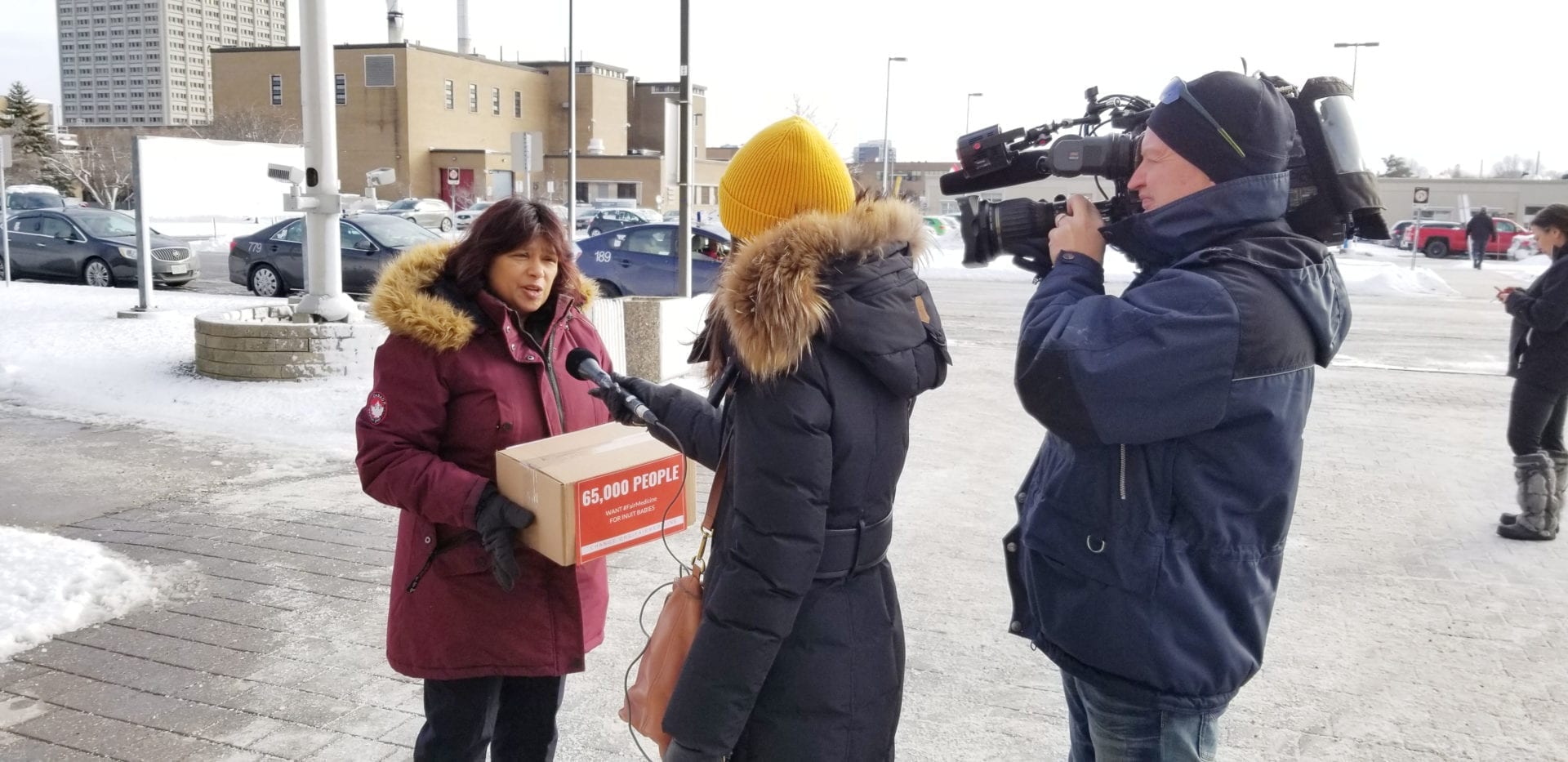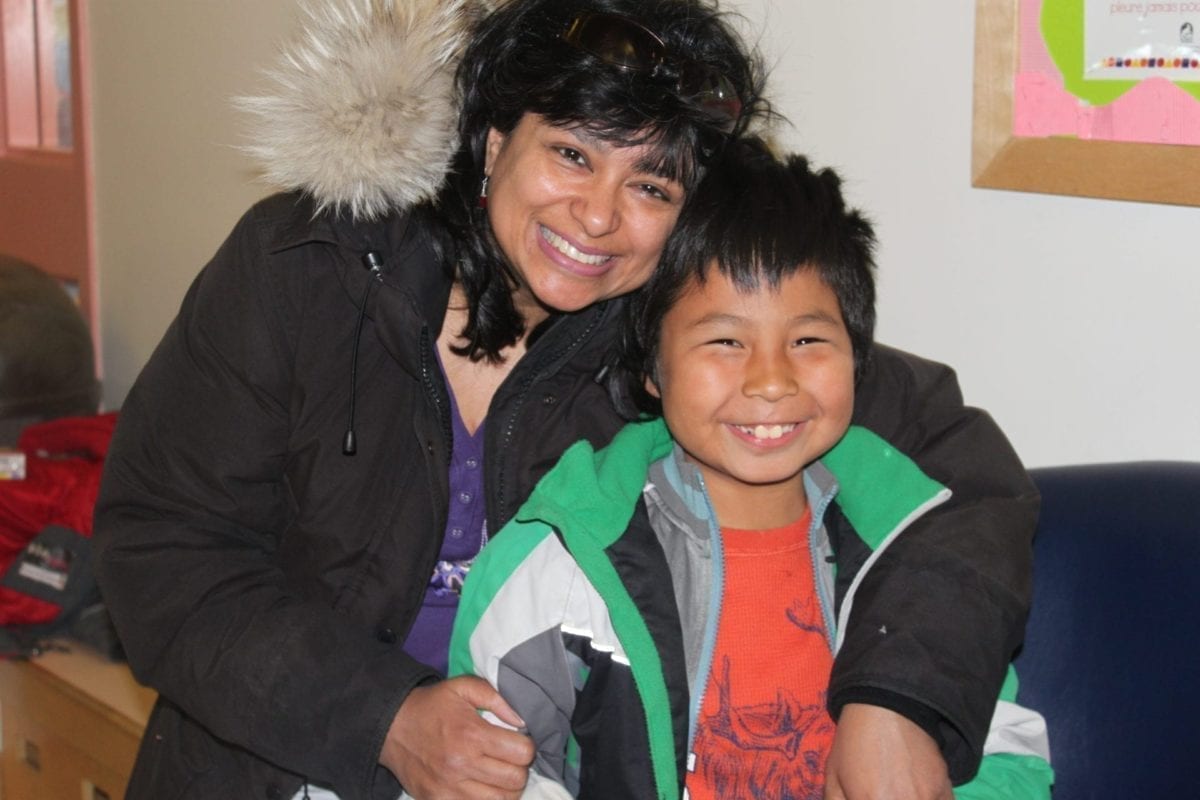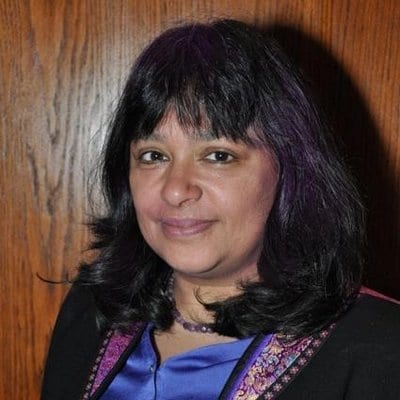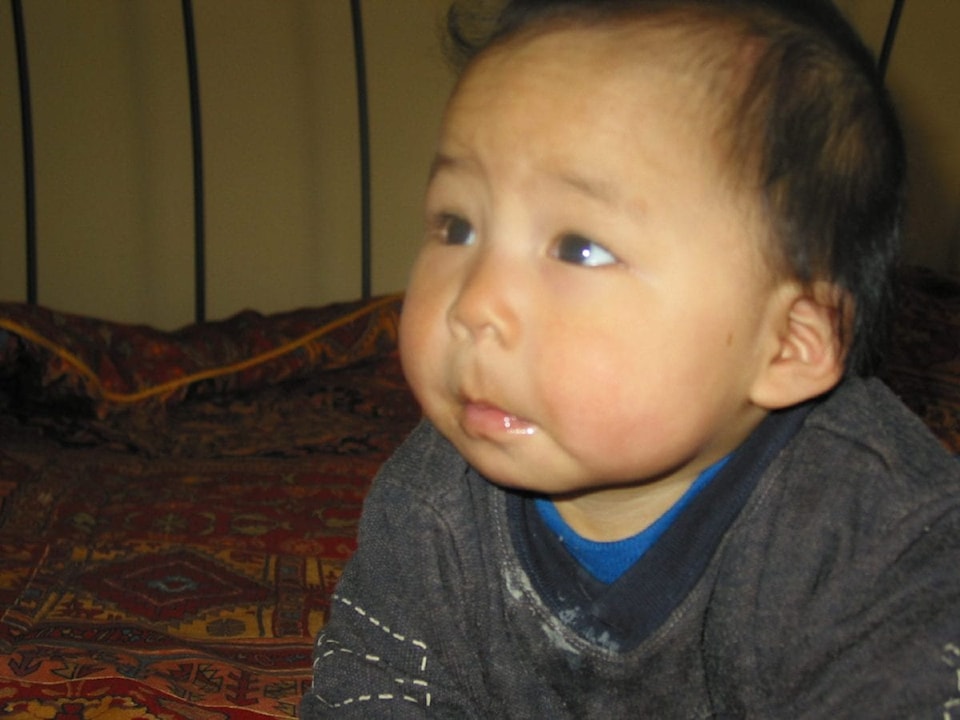An Ontario pediatrician has launched a petition calling for every Inuit baby outside of Iqaluit to receive an injection that would prevent respiratory syncytial virus (RSV), an illness particularly prevalent in Inuit infants.

The petition at change.org has garnered more than 70,000 signatures since its launch on Sept. 24.
SA����Ӱ�Ӵ�ý�Canadian Inuit babies have the highest rate of hospitalizations with respiratory syncytial virus (RSV) in the world,SA����Ӱ�Ӵ�ý� reads the petition.
SA����Ӱ�Ӵ�ý�Every winter intensive care units fill up with very young Inuit babies on life support due to RSV, a disease that can be prevented with medicine.SA����Ӱ�Ӵ�ý�
Dr. Anna Banerji, an associate professor of pediatrics at the University of TorontoSA����Ӱ�Ӵ�ý�s Dalla Lana School of Public Health, believes a preventative RSV medicine called palivizumab could SA����Ӱ�Ӵ�ý�greatly reduceSA����Ӱ�Ӵ�ý� these RSV hospital admissions and save the Government of Nunavut SA����Ӱ�Ӵ�ý�a lotSA����Ӱ�Ӵ�ý� of money.
Right now, the medicine is given only to infants deemed at risk of contracting RSV, mainly babies born prematurely. Banerji said providing palivizumab to all infants under six months would reduce incidents of RSV in Nunavut and be more cost-effective as well, noting the cost of medical air evacuations and prolonged hospitalizations.
SA����Ӱ�Ӵ�ý�There is a mountain of evidence that Inuit babies in the communities in Nunavut have the highest rate of admission for RSV in the world,SA����Ӱ�Ӵ�ý� stated Banerji in an email to Nunavut News. Banerji has been studying respiratory problems in Nunavut infants for the past 25 years.
SA����Ӱ�Ӵ�ý�The studies show that the RSV vaccine is much cheaper than the cost of admission, and it works well when you give it, and it could greatly reduce the admissions for RSV.SA����Ӱ�Ӵ�ý�
According to Dr. Banerji, it would cost less than $3 million per year to administer palivizumab to every baby in Nunavut communities.
For Banerji, her mission is personal. Her adopted Inuit son, Nathan, who died of unrelated causes last year, had suffered from SA����Ӱ�Ӵ�ý�mildSA����Ӱ�Ӵ�ý� respiratory problems from an early age. She views it as a human rights issue.
SA����Ӱ�Ӵ�ý�ISA����Ӱ�Ӵ�ý�ve seen how many Inuit kids and many Indigenous kids are treated differently than non-Indigenous kids,SA����Ӱ�Ӵ�ý� she said.
SA����Ӱ�Ӵ�ý�We continue to have a two-tier system that doesnSA����Ӱ�Ӵ�ý�t value Indigenous lives and the Inuit babies, they donSA����Ӱ�Ӵ�ý�t have a lobby.SA����Ӱ�Ӵ�ý�
Dr. Michael Patterson, NunavutSA����Ӱ�Ӵ�ý�s chief medical officer, admits the rates of admission for RSV in Canadian Inuit are significantly higher than the national average. However, he said it is not correct to state these rates are the SA����Ӱ�Ӵ�ý�highestSA����Ӱ�Ӵ�ý� in the world as it is hard to quantify.
According to Dr. Patterson, RSV is a viral infection that affects SA����Ӱ�Ӵ�ý�mostSA����Ӱ�Ӵ�ý� children in Canada.
SA����Ӱ�Ӵ�ý�Almost all children will have had at least one RSV infection before their second or third birthday in Canada, whether youSA����Ӱ�Ӵ�ý�re in the south or in the North,SA����Ӱ�Ӵ�ý� said the doctor.
In some children, the virus may cause a SA����Ӱ�Ӵ�ý�simpleSA����Ӱ�Ӵ�ý� cough or cold. In others, however, it may lead to a clinical syndrome called bronchiolitis (an inflammation of the airways in the lungs), Patterson explained.
The cost of palivizumab is about $7,000 per child per year. An injection needs to be given every four weeks over the period when infants are likely to contract RSV, which usually runs from Jan. 1 to May 31, stated Patterson.
In her 2009 study, Dr. Banerji, identified risk factors for why Inuit babies are hospitalized at high rates. These factors included exposure to cigarette smoke in pregnancy and at home, overcrowding, lack of breast feeding, poverty, malnutrition and being of Inuit ancestry.
The study also indicated that SA����Ӱ�Ӵ�ý�one third of Inuit babies in rural Baffin Island were admitted to the hospital with RSV and that there are high numbers of transfers to southern hospitals.SA����Ӱ�Ӵ�ý�
Cost, use and effectiveness of palivizumab
Dr. Joan Robinson, who is a pediatric infectious diseases expert at the University of Alberta, spoke on behalf of the Canadian Pediatric Society. She explained that administering palivizumab to Inuit infants will SA����Ӱ�Ӵ�ý�almost certainly lowerSA����Ӱ�Ӵ�ý� RSV hospitalization rates. However, the degree of reduction is unclear. How well palivizumab works on infants not born prematurely has SA����Ӱ�Ӵ�ý�neverSA����Ӱ�Ӵ�ý� been studied.
SA����Ӱ�Ӵ�ý�It is common for term infants (babies born after a full nine month pregnancy) admitted with RSV to also have other viruses. We do not know whether preventing the RSV (and not the other viruses) will prevent the admission,SA����Ӱ�Ӵ�ý� stated the infectious disease expert.
Palivizumab has been shown to be effective for a SA����Ӱ�Ӵ�ý�certainSA����Ӱ�Ӵ�ý� group of infants. For instance, besides babies who were born prematurely, it has been effective in babies with heart and lung disease and babies with immunodeficiency.
Dr. Patterson believes the rationale for using palivizumab for SA����Ӱ�Ӵ�ý�allSA����Ӱ�Ӵ�ý� infants under six months of age is SA����Ӱ�Ӵ�ý�verySA����Ӱ�Ӵ�ý� weak and based on some assumptions that have never been proven.
By referring to Dr. BanerjiSA����Ӱ�Ӵ�ý�s 2009 study, Dr. Patterson pointed out the SA����Ӱ�Ӵ�ý�majoritySA����Ӱ�Ӵ�ý� of children on the palivizumab program were premature and palivizumab was SA����Ӱ�Ӵ�ý�aboutSA����Ӱ�Ӵ�ý� 90 per cent effective.
SA����Ӱ�Ӵ�ý�And so she made the assumption that if we apply this 90 per cent to SA����Ӱ�Ӵ�ý�allSA����Ӱ�Ӵ�ý� infants that it would be 90 per cent effective. And if we reduce the RSV admissions by 90 per cent, we would save a certain amount of money,SA����Ӱ�Ӵ�ý� said Dr. Patterson.
Treatment concerns
Patterson does not view the disagreement on palivizumab as an example of racism or a two-tier health-care system.
SA����Ӱ�Ӵ�ý�Other than Nunavik, if you have a child in Nunavut you are more likely to have your child accepted into the palivizumab (program),SA����Ӱ�Ӵ�ý� he stated. SA����Ӱ�Ӵ�ý�We accept more children into our palivizumab program. Our criteria for acceptance are broader than most other jurisdictions.SA����Ӱ�Ӵ�ý�
However, Dr. Patterson does recognize there are differences in health outcomes for Indigenous Canadians. Some of which are due to the health-care system doctors and nurses and others due to social determinants of health.
Possible Solutions
Patterson believes certain factors like: crowded housing, food insecurity, exposure to smoke (during pregnancy and secondhand smoke in early childhood), and whether the infant is being breastfed have all SA����Ӱ�Ӵ�ý�definitelySA����Ӱ�Ӵ�ý� been linked with increased rates of complications from RSV.
SA����Ӱ�Ӵ�ý�All these things raise the risk of a child having more severe complications from the infection and that leads to increased rates of hospitalization,SA����Ӱ�Ӵ�ý� said Patterson.
SA����Ӱ�Ӵ�ý�It may well turn out SA����Ӱ�Ӵ�ý� We would be better off putting that money into housing and food security than administering palivizumab to everybody,SA����Ӱ�Ӵ�ý� expressed the doctor.
Currently, Nunavik has adopted the policy of giving palivizumab to all healthy full-term infants under six months of age. Health Nunavut is waiting to see the analysis and benefits this policy has on the rates of admissions due to RSV and more specifically bronchiolitis.
If the strategy has benefits that can be demonstrated, SA����Ӱ�Ӵ�ý�WeSA����Ӱ�Ӵ�ý�d (Health Nunavut) quite happily adopt it,SA����Ӱ�Ӵ�ý� Patterson stated. SA����Ӱ�Ӵ�ý�But so far thereSA����Ӱ�Ӵ�ý�s no real world evidence that itSA����Ӱ�Ӵ�ý�s an effective strategy.SA����Ӱ�Ӵ�ý�





